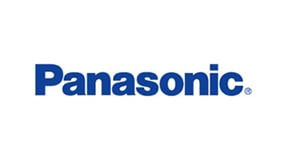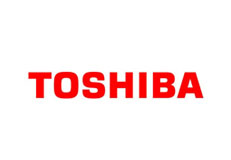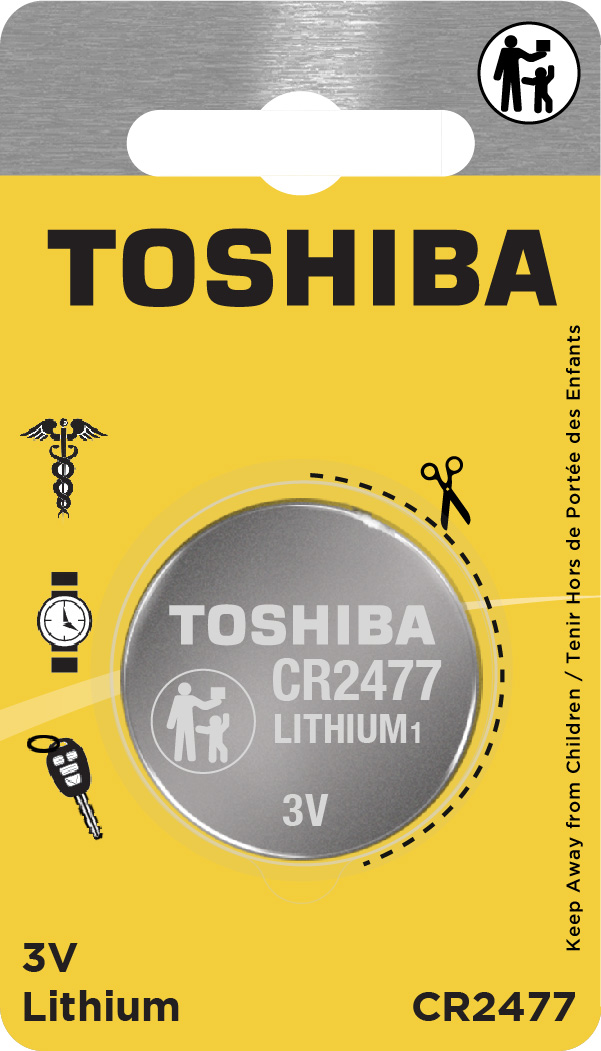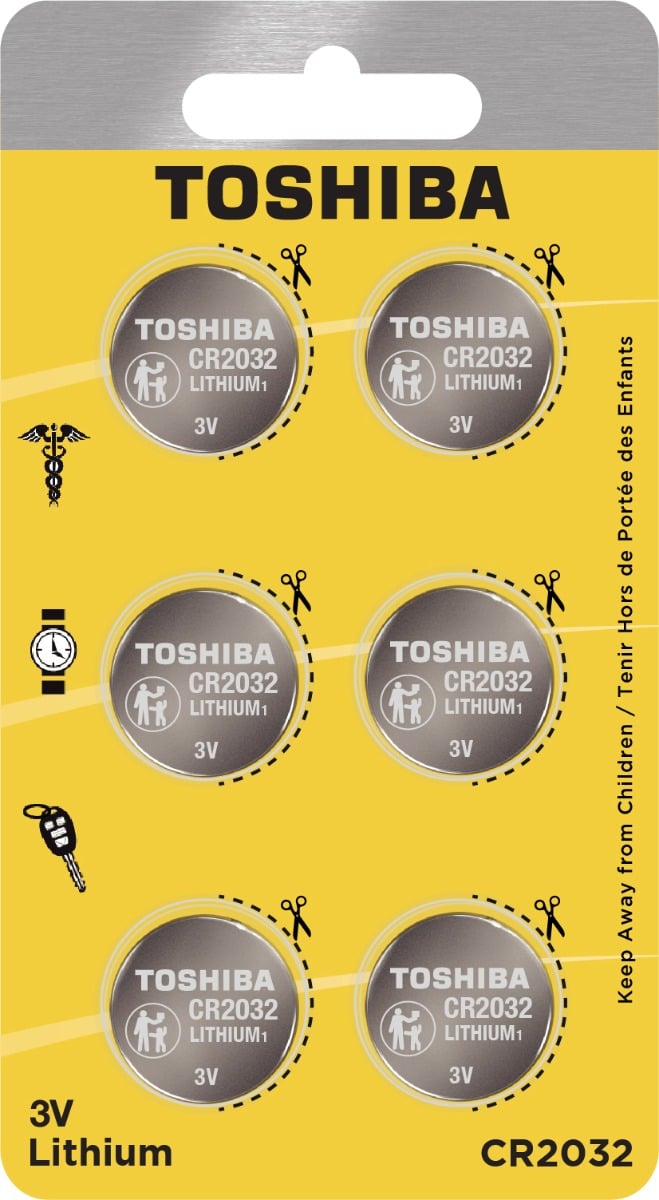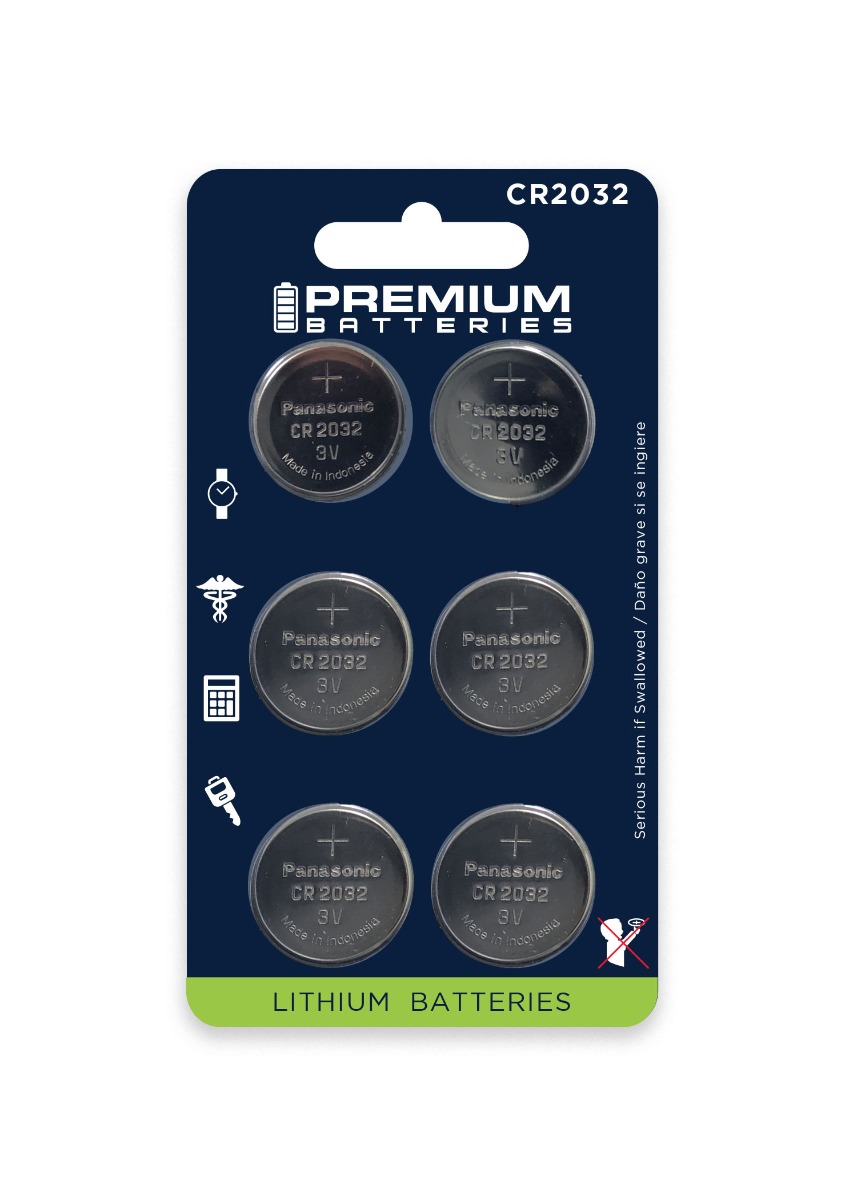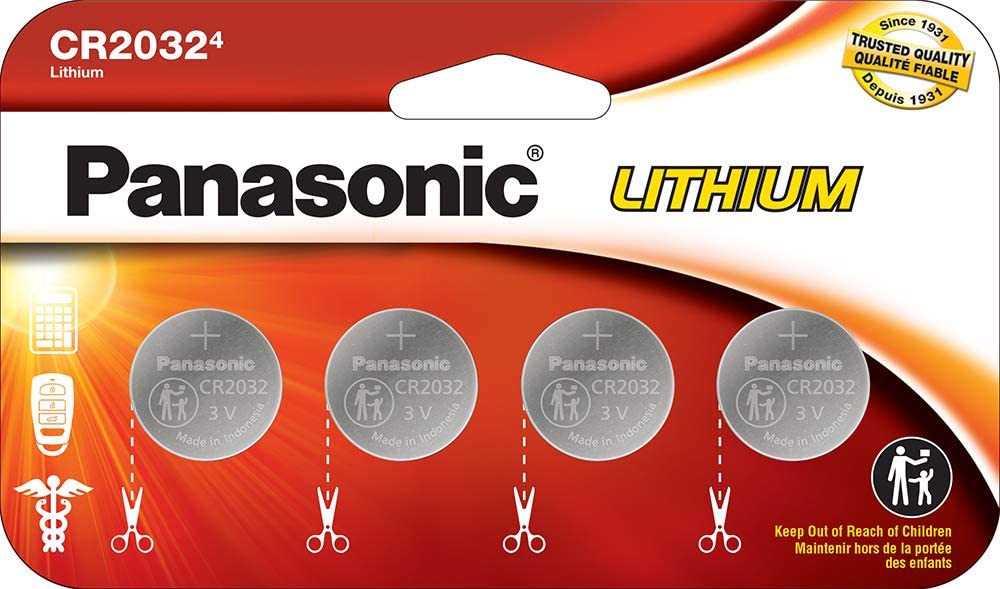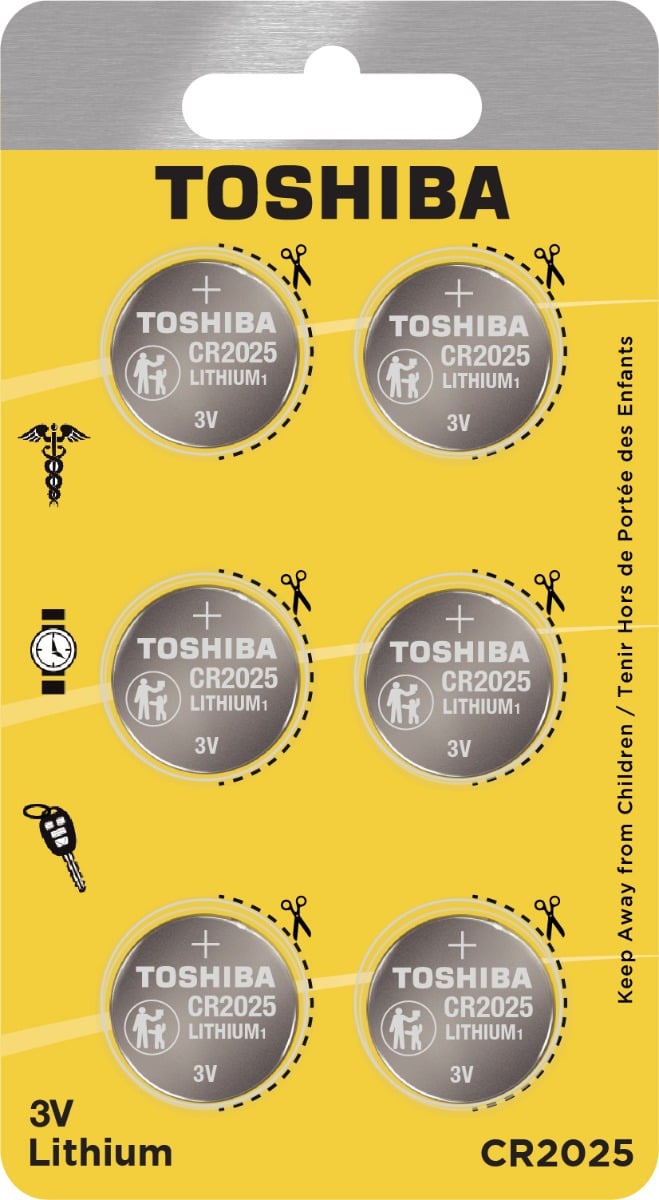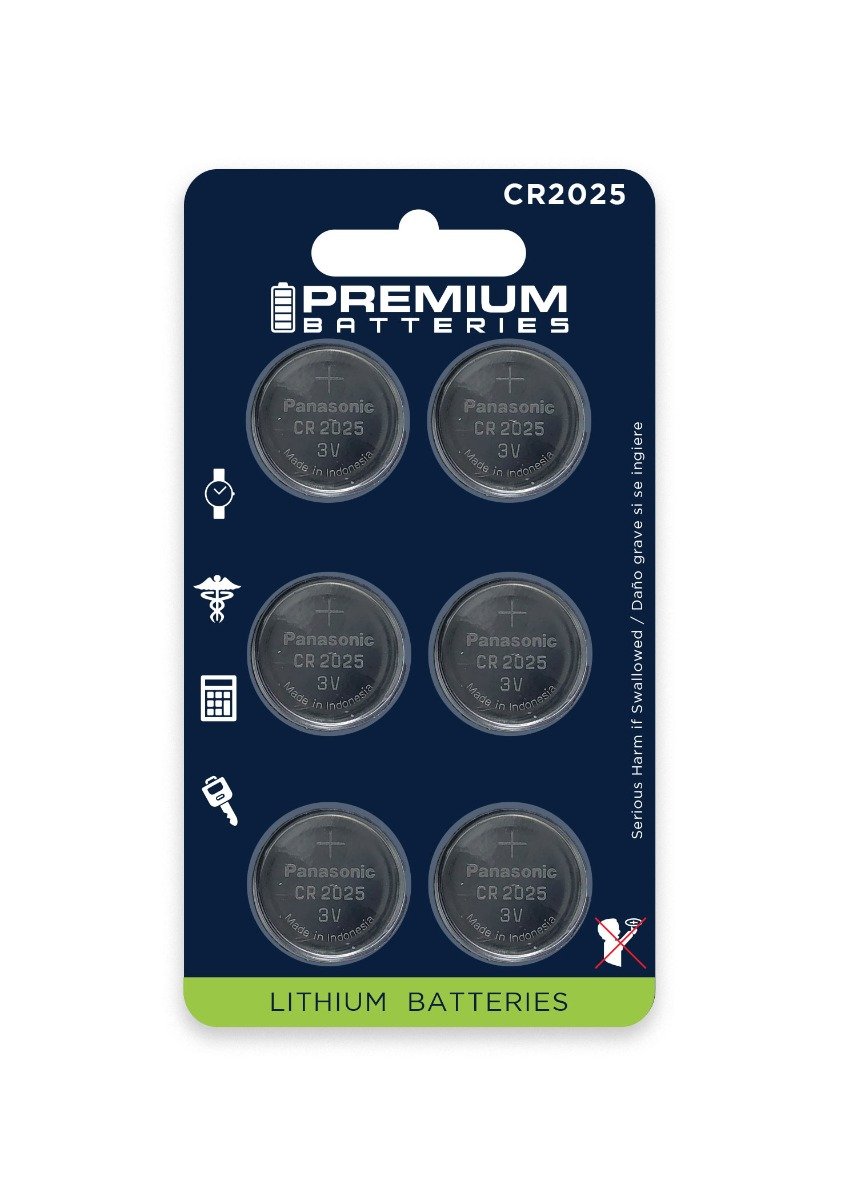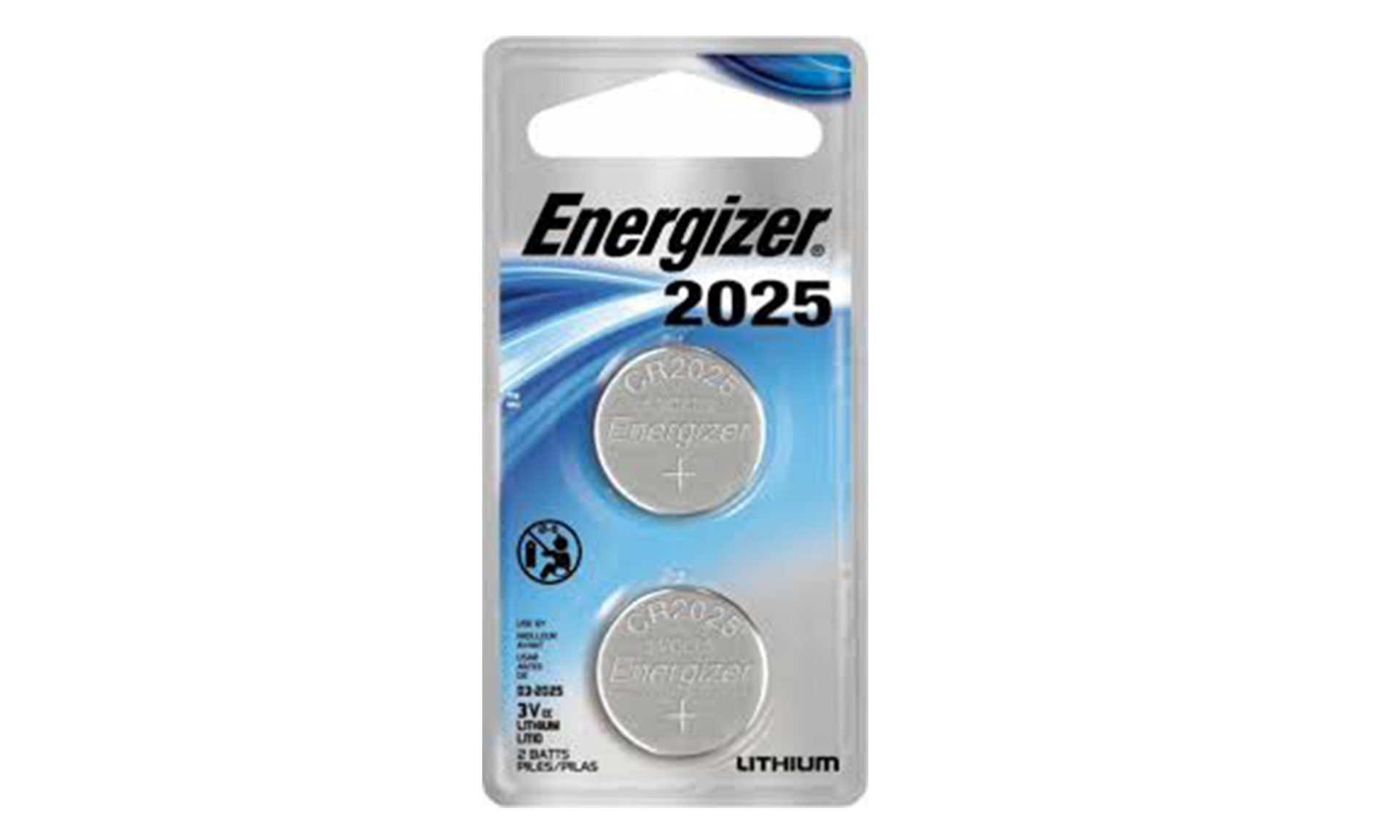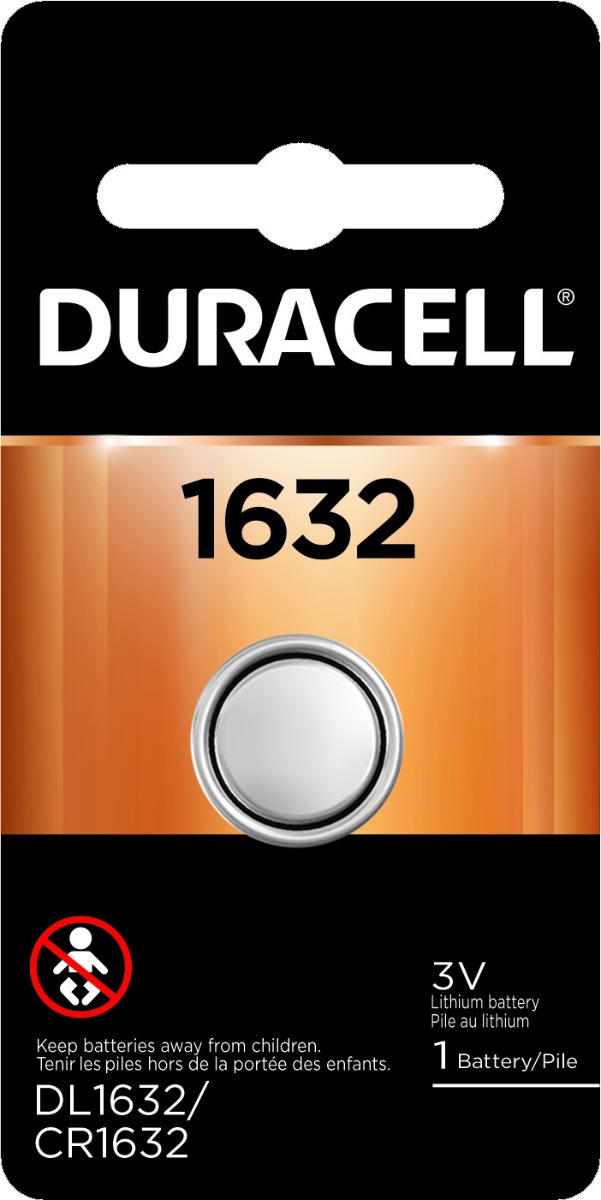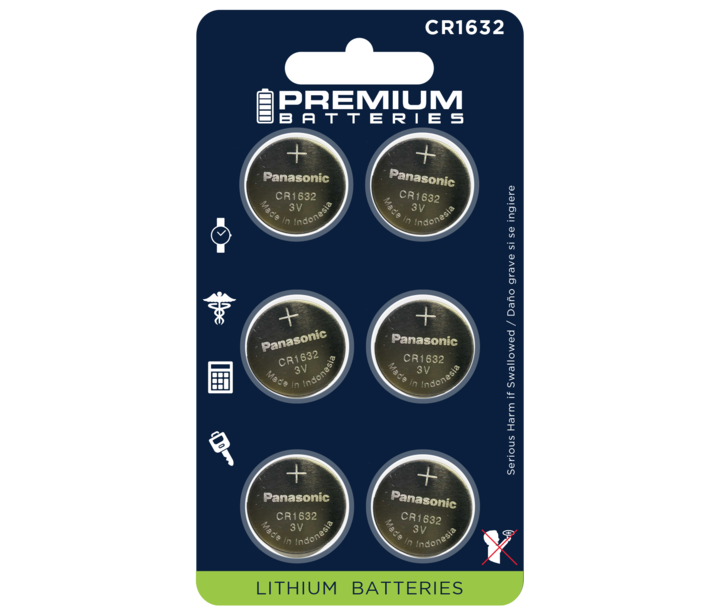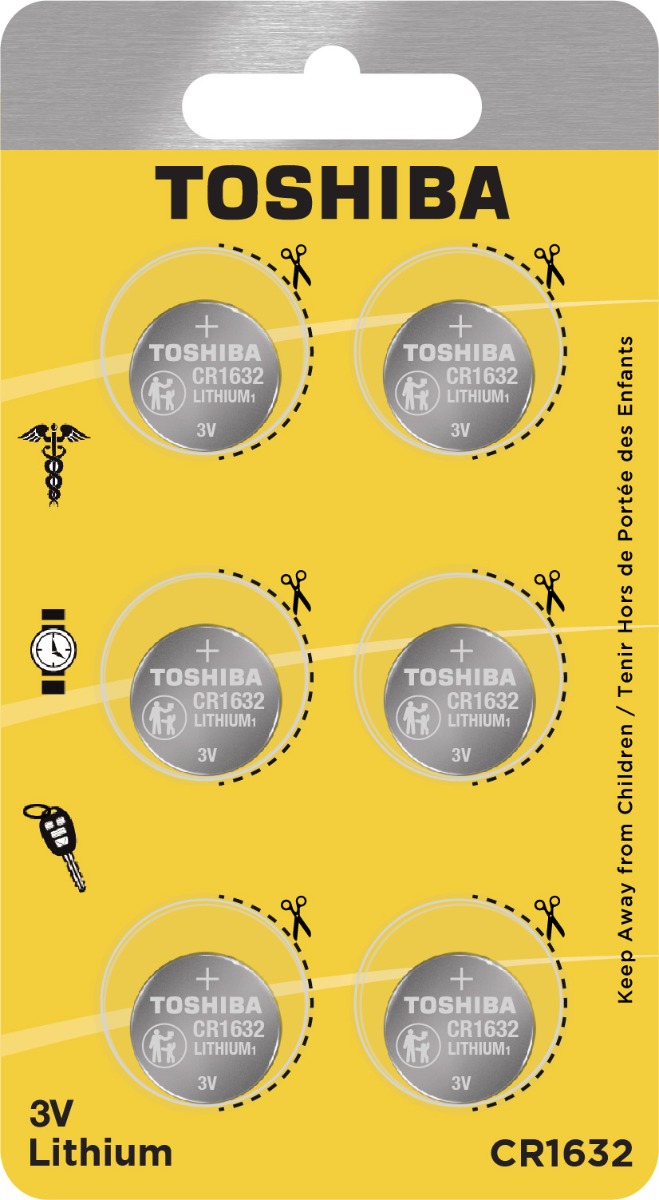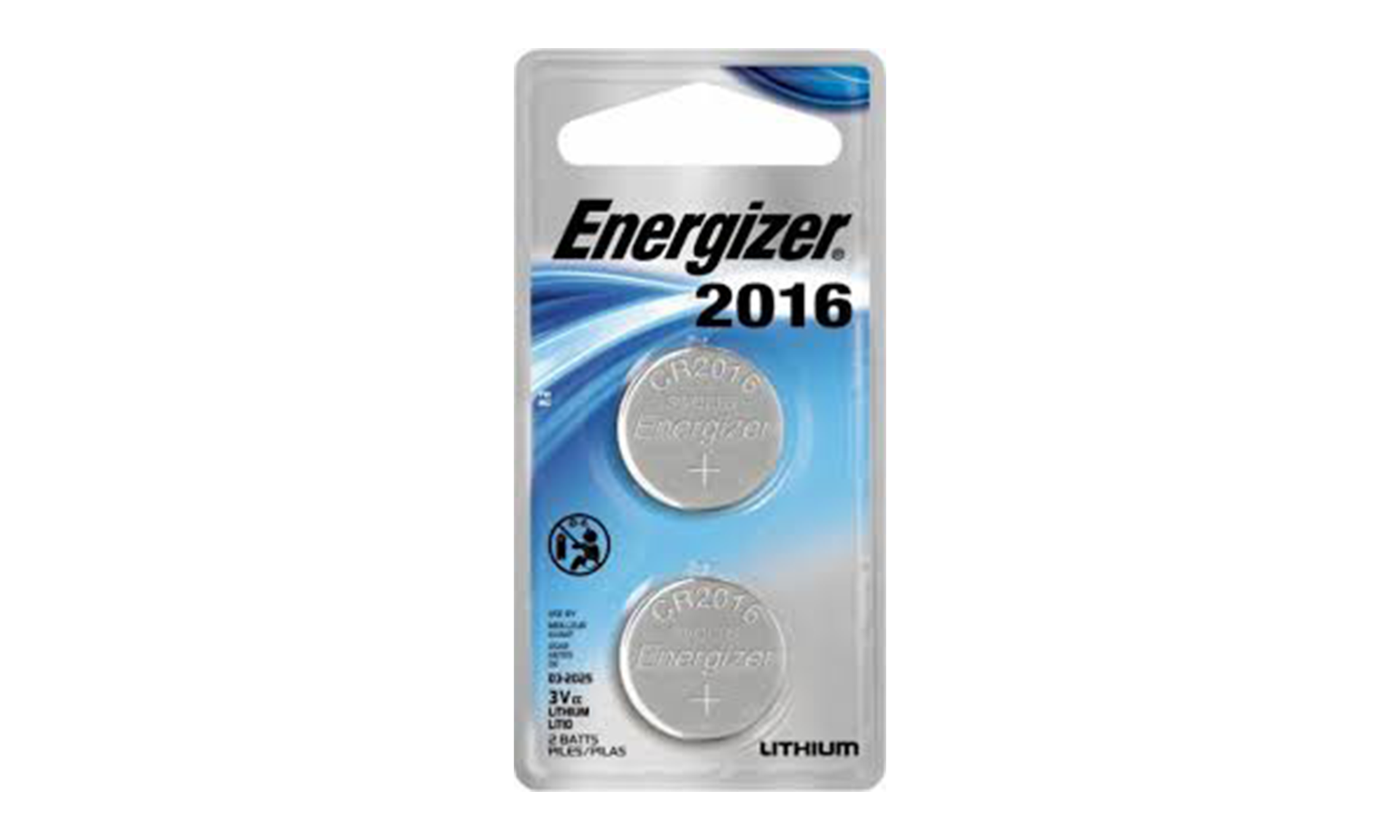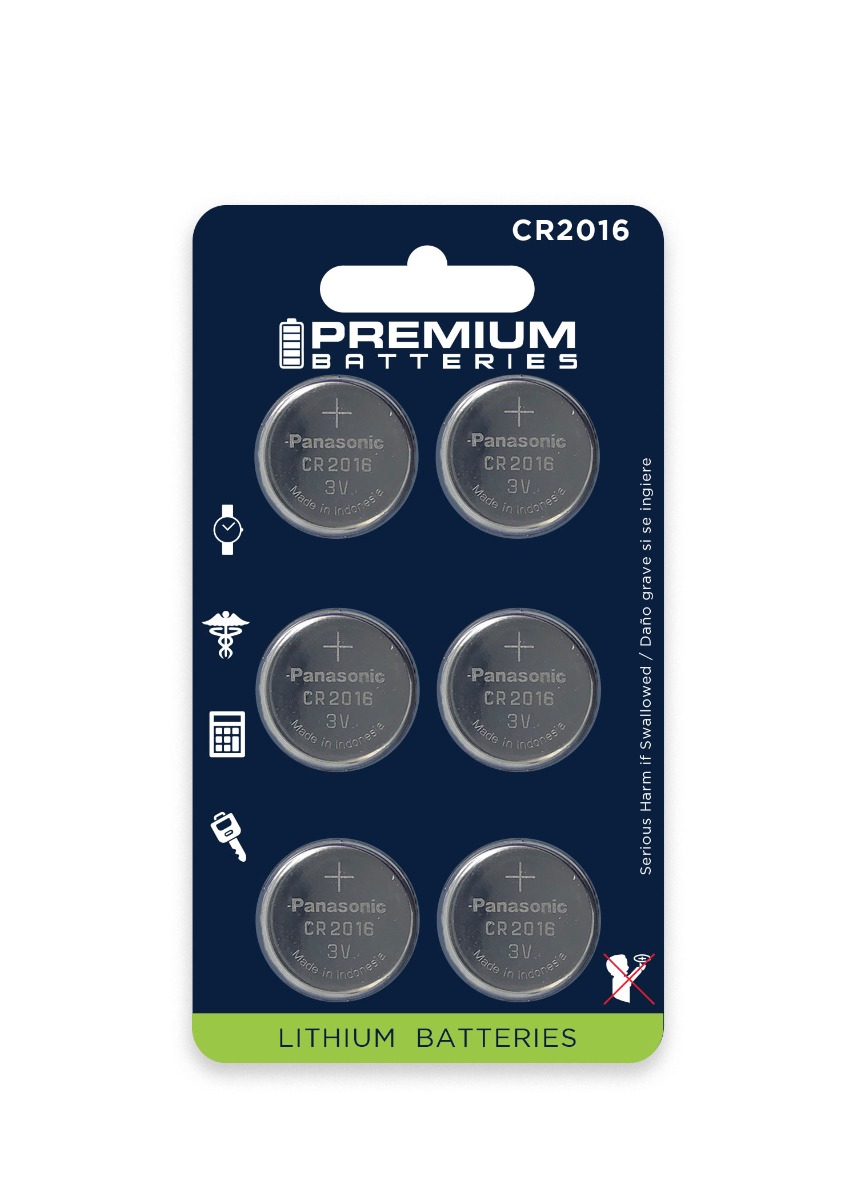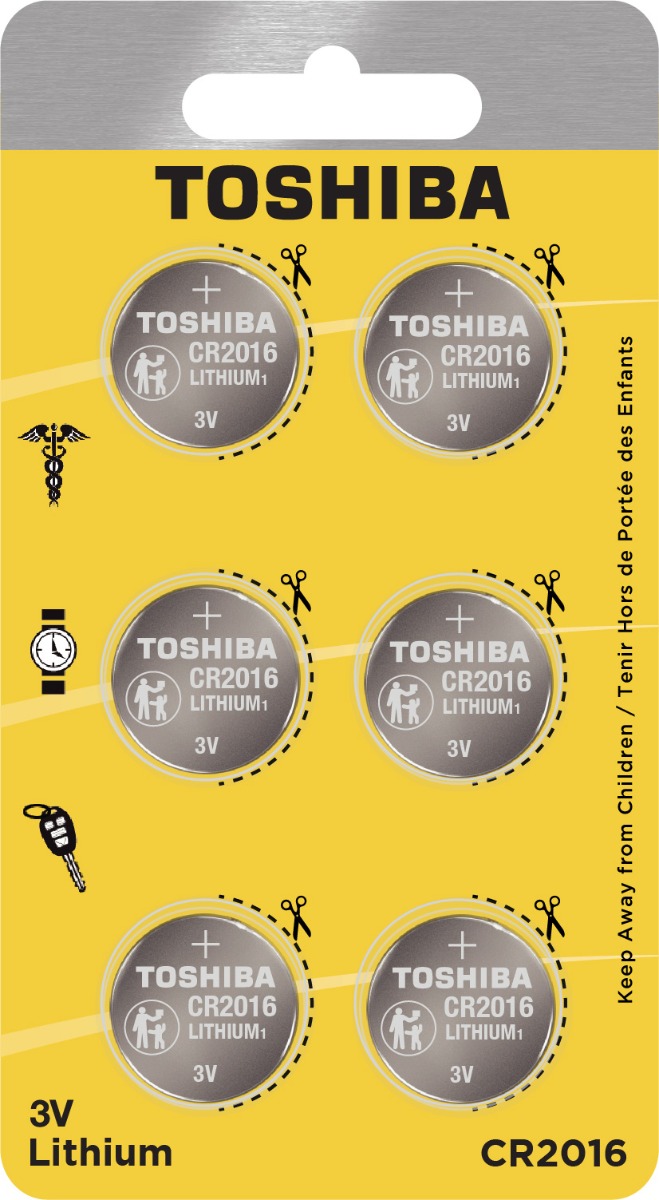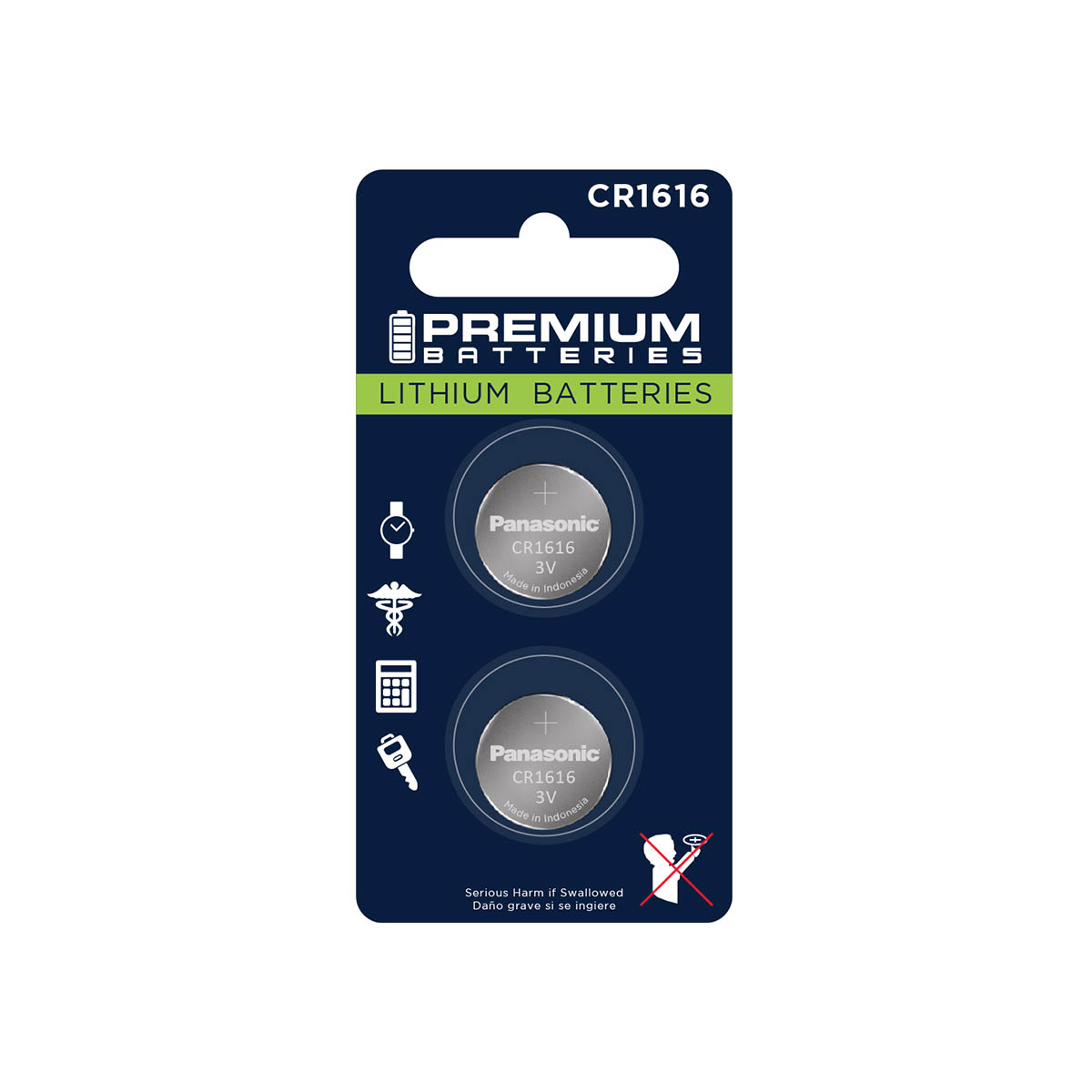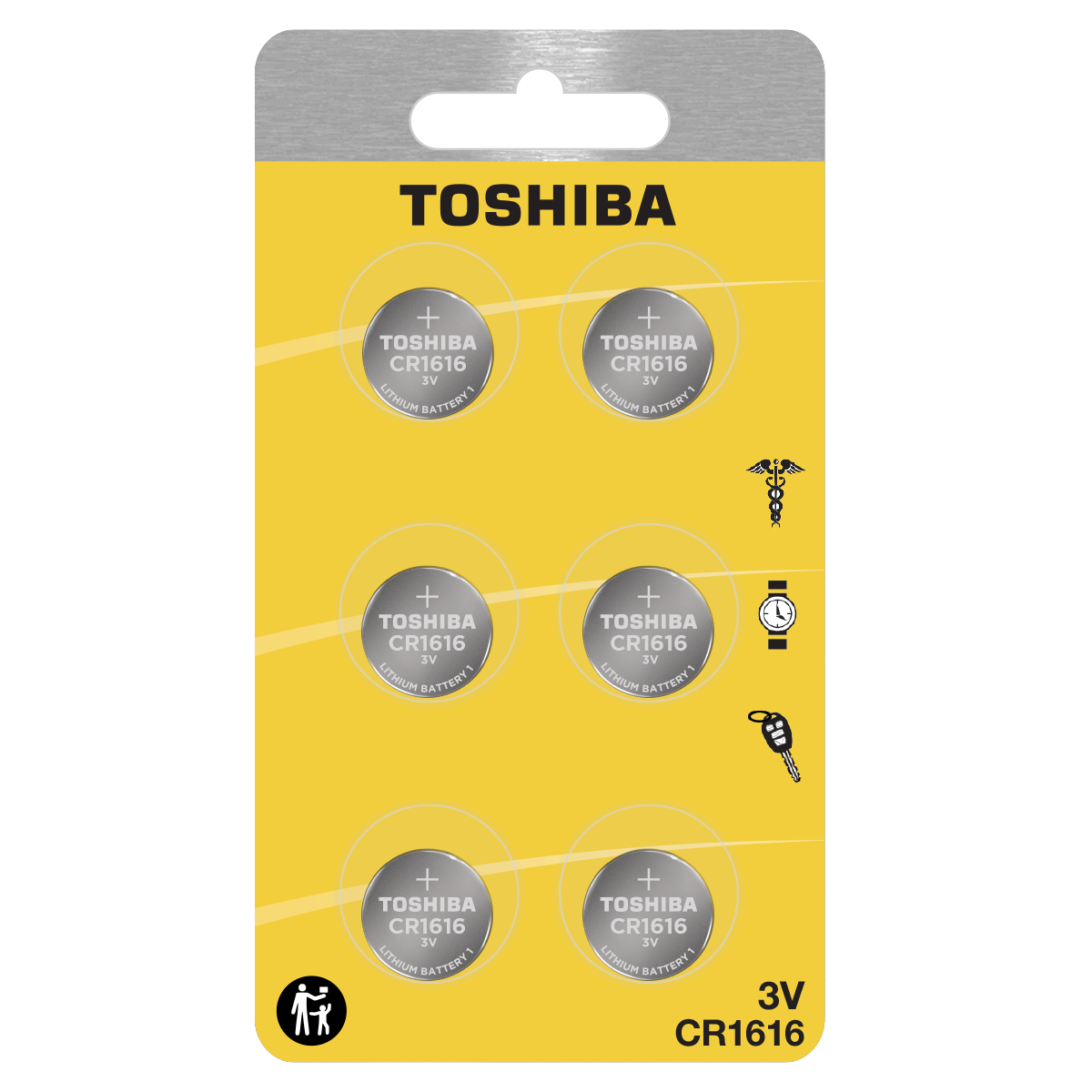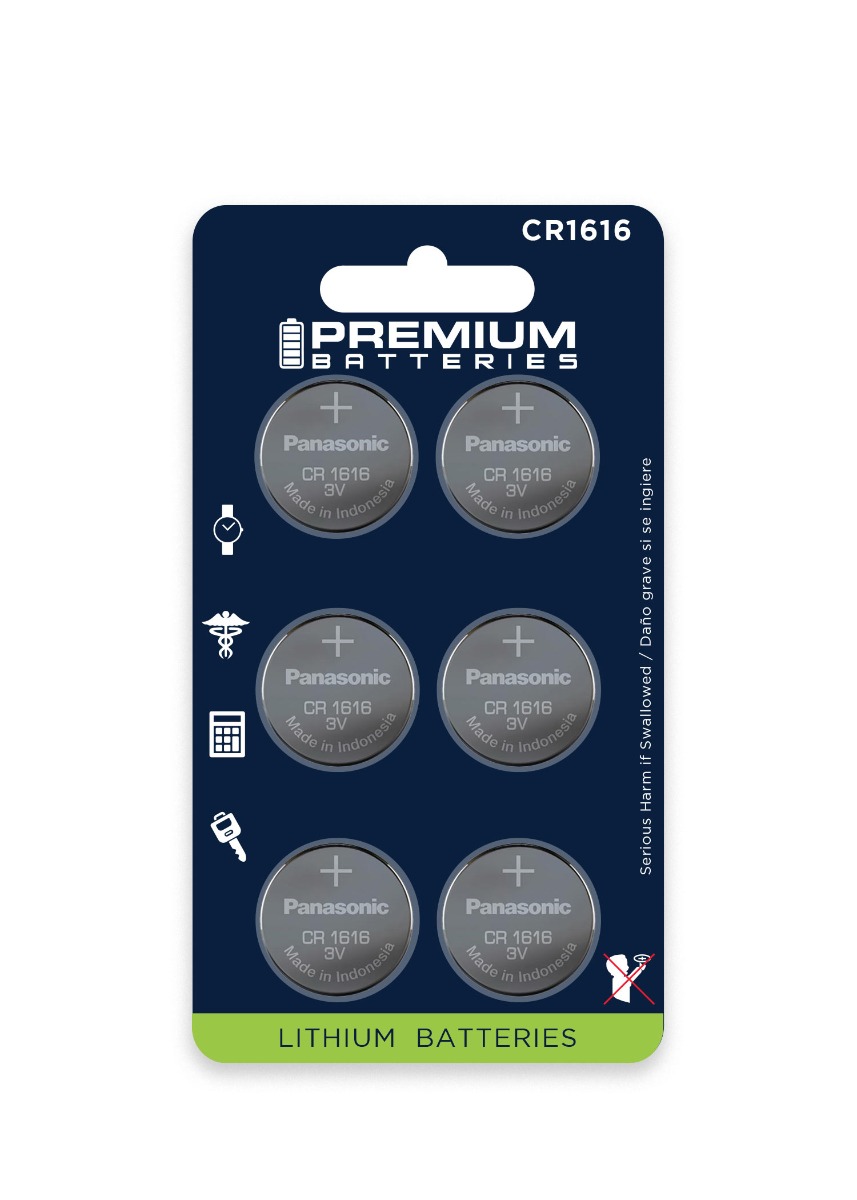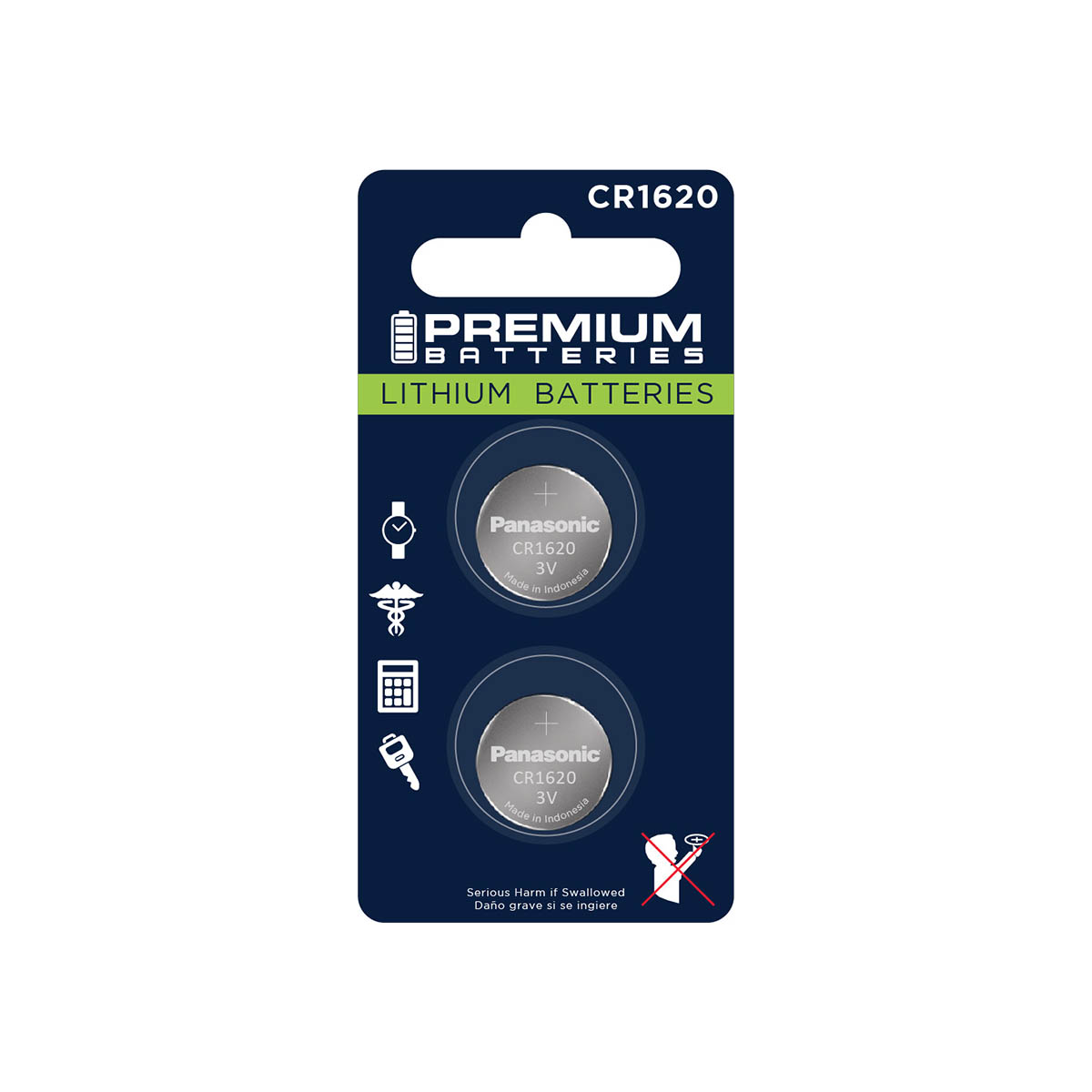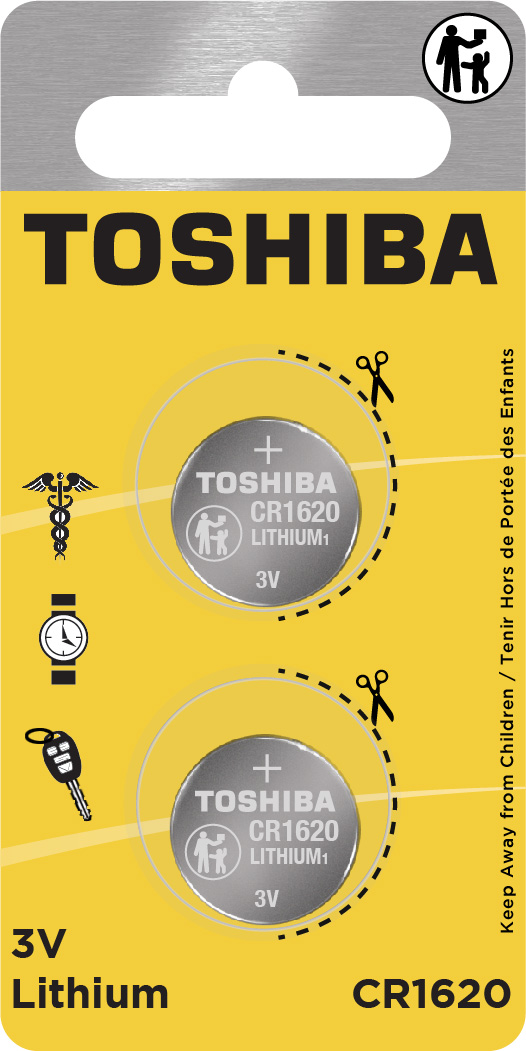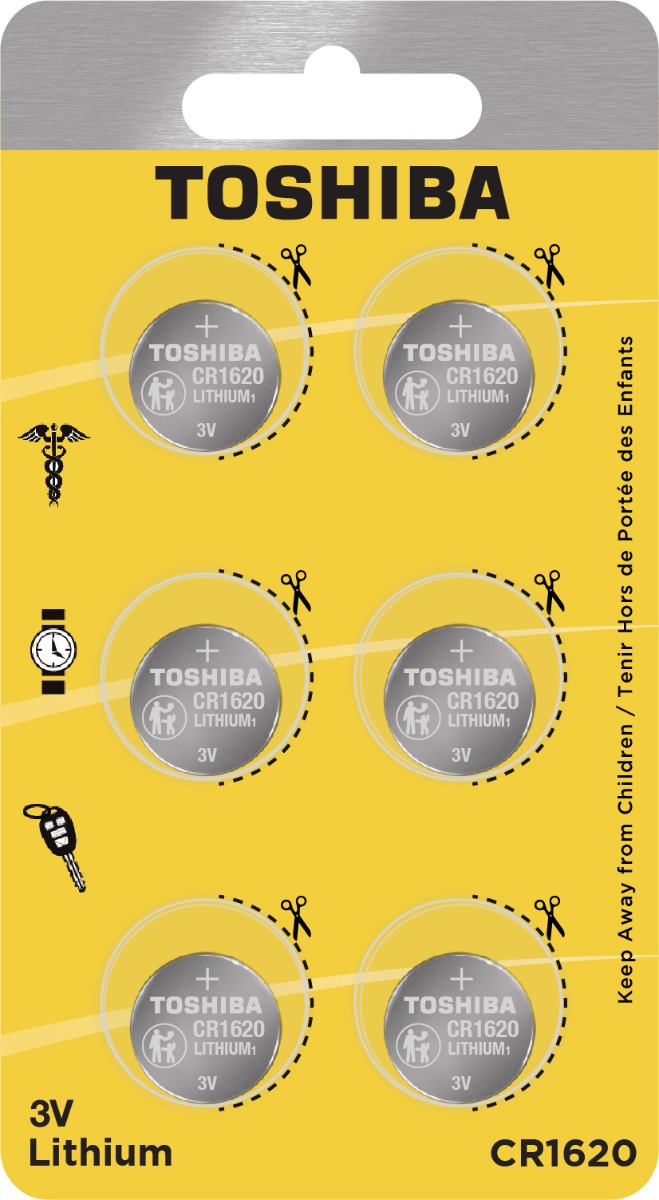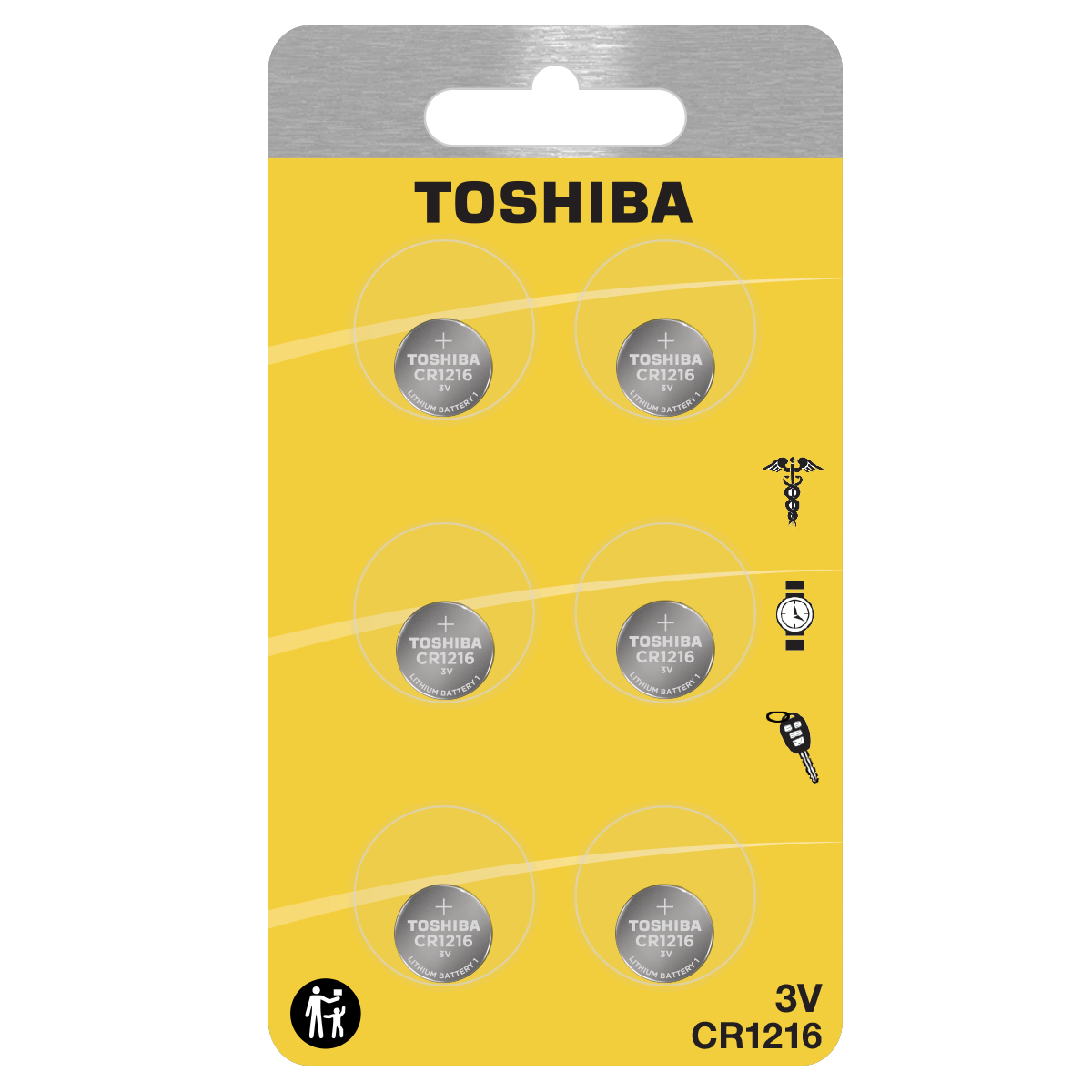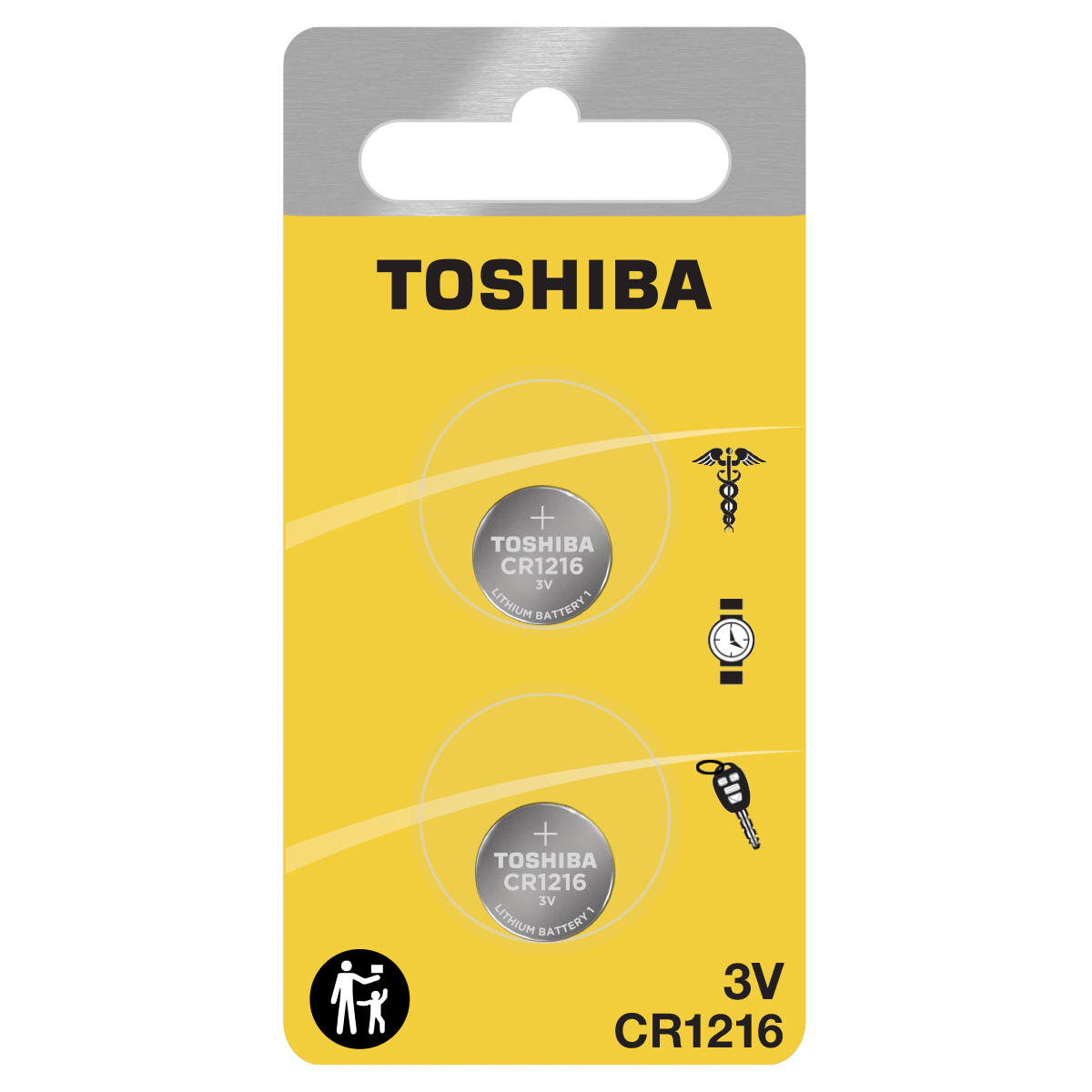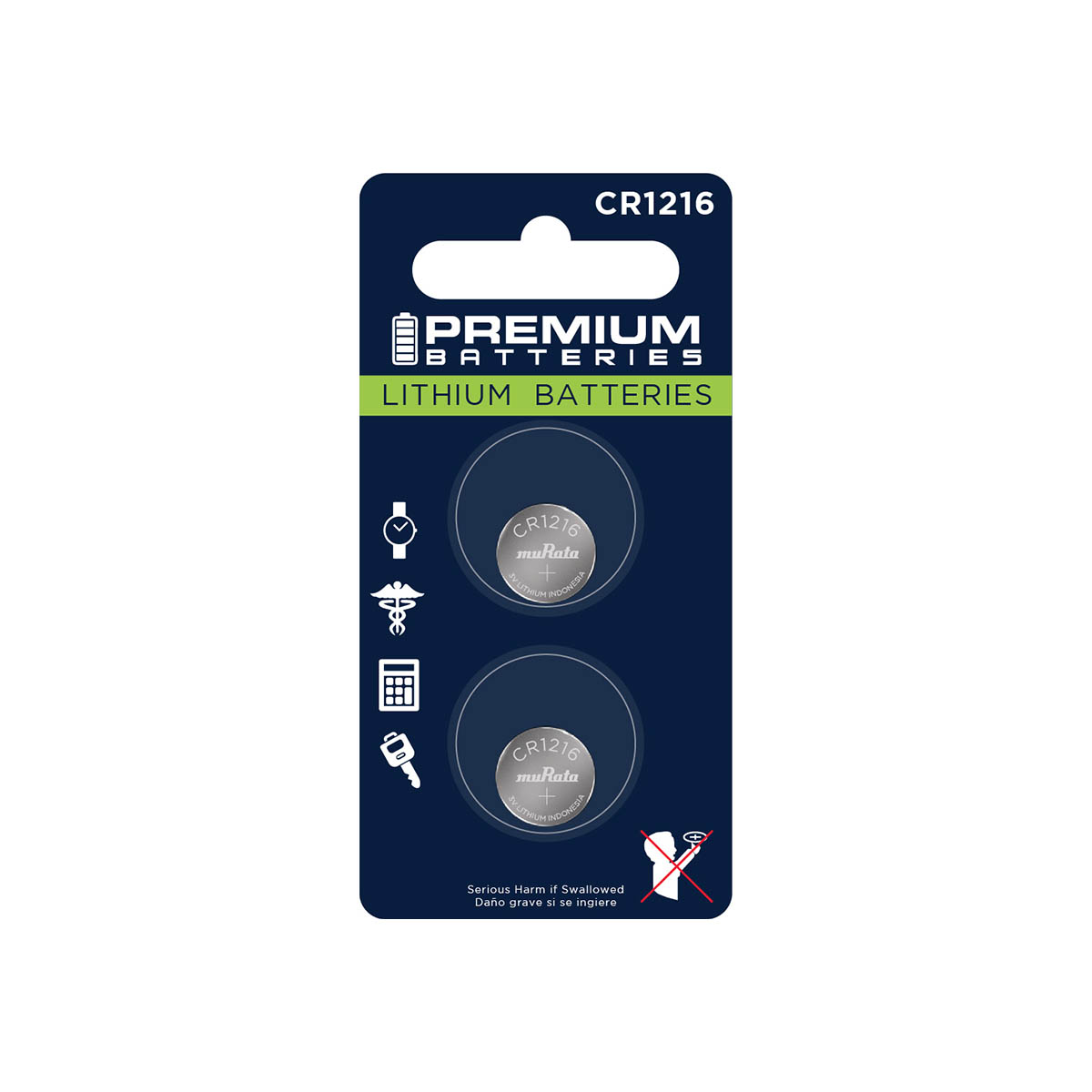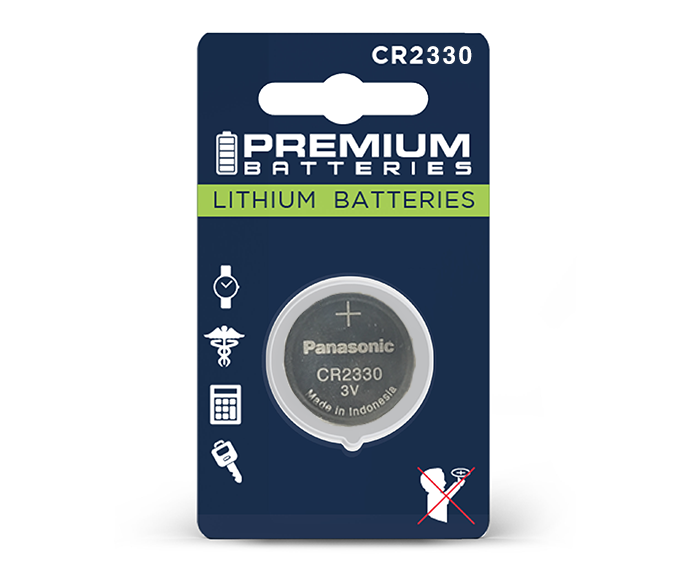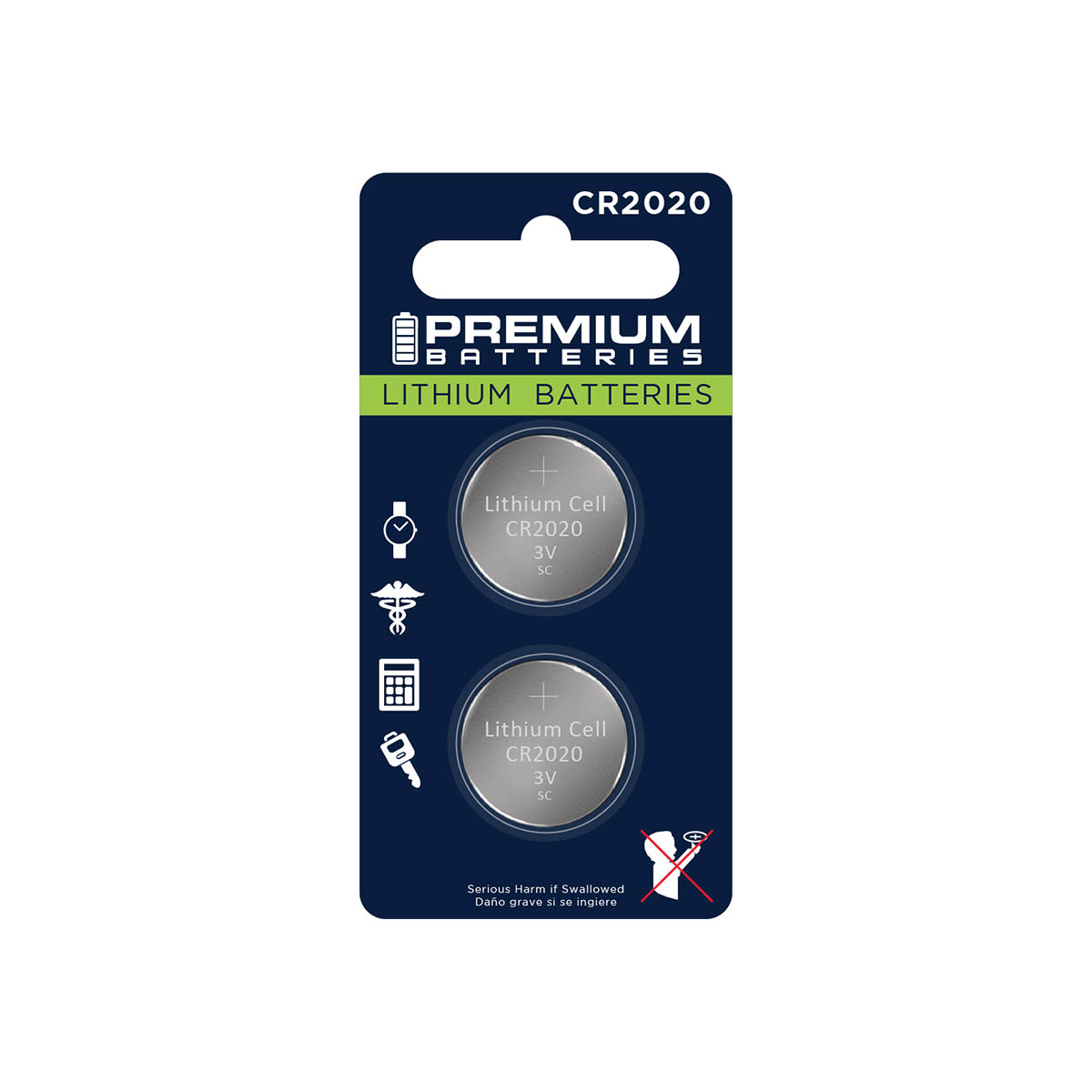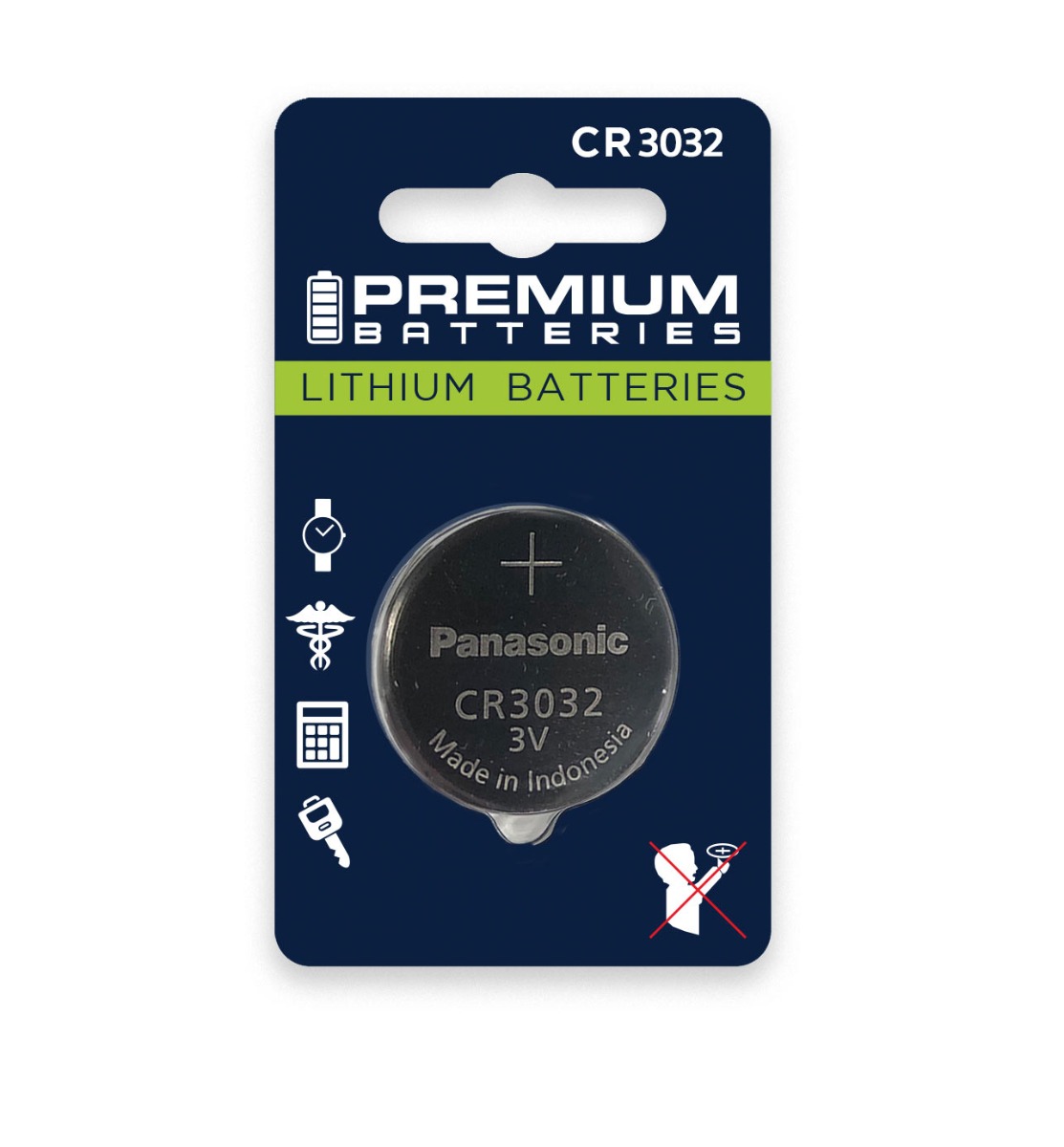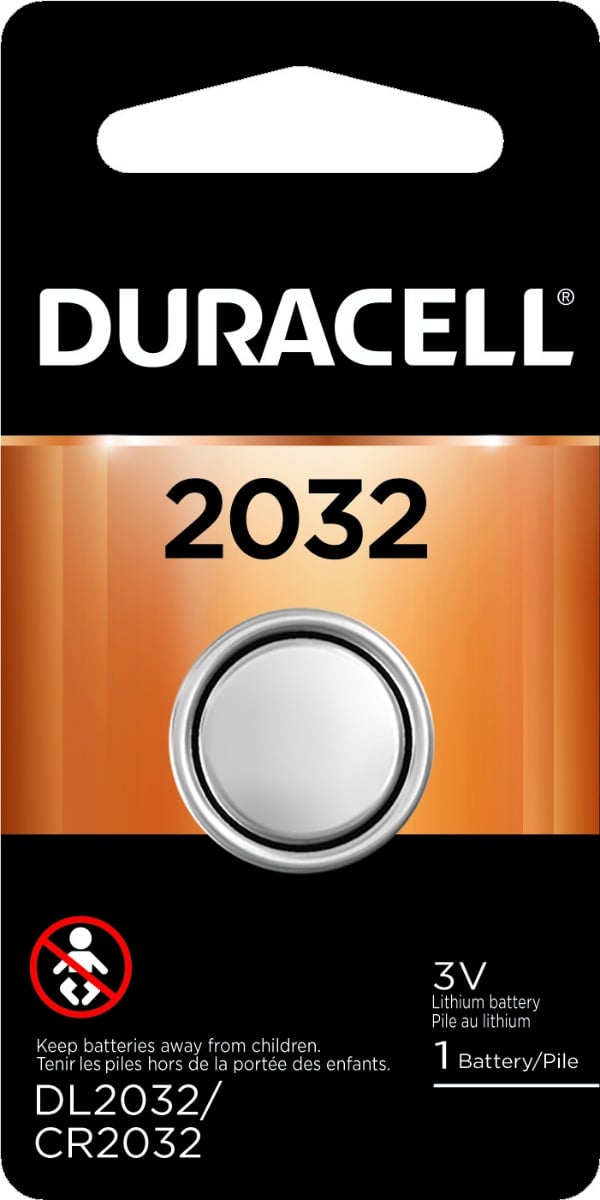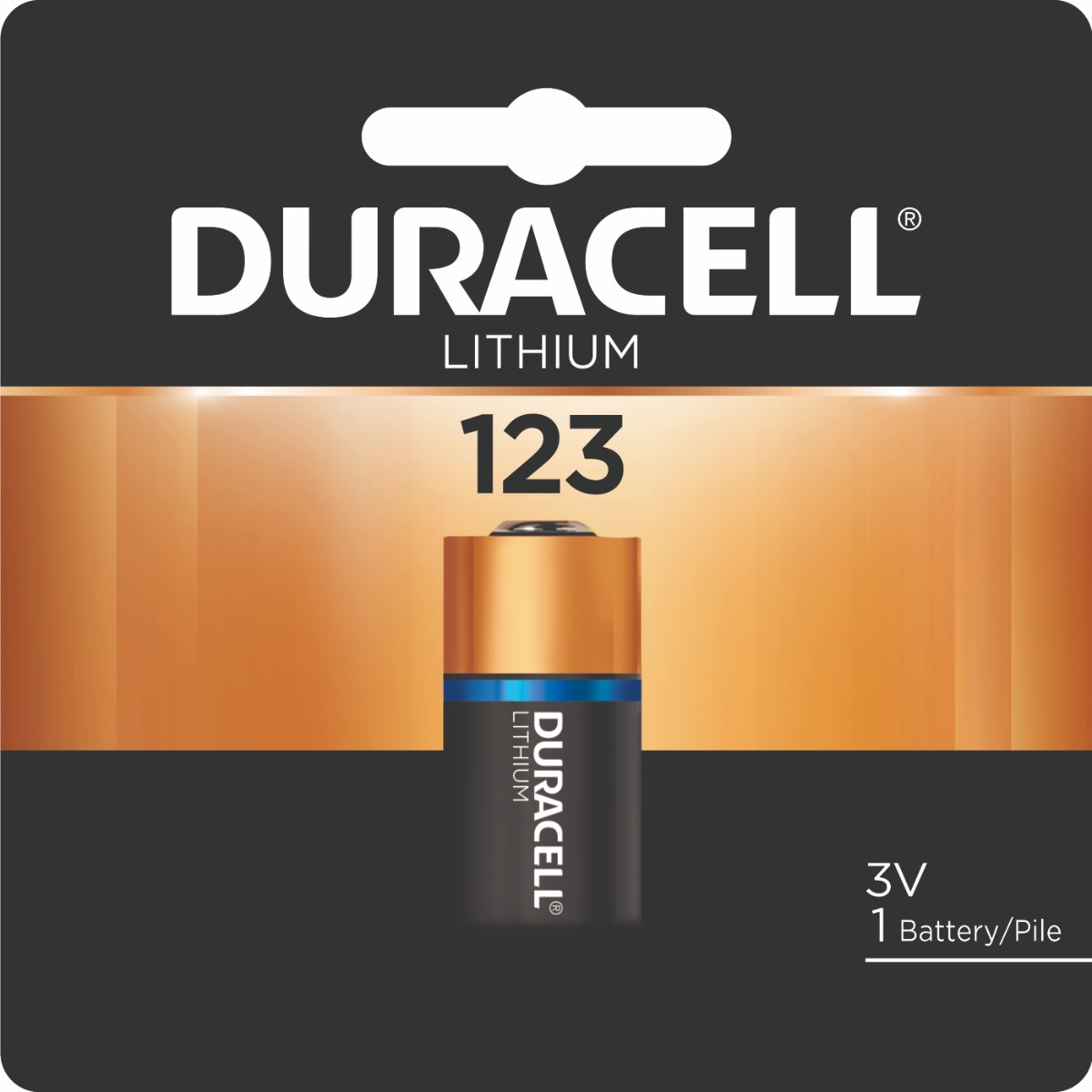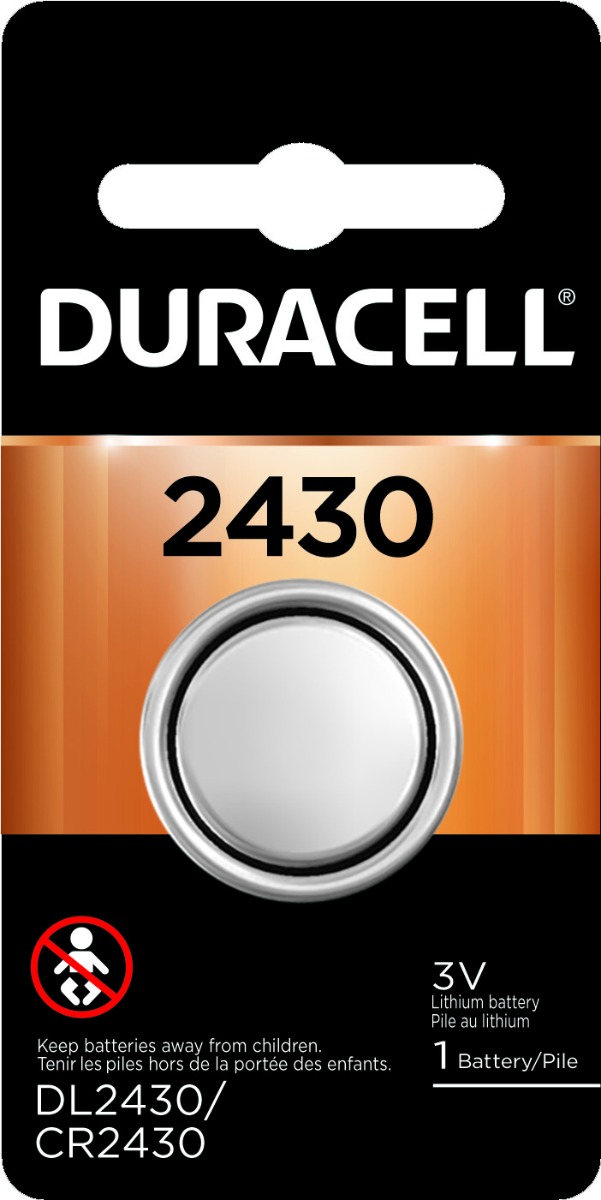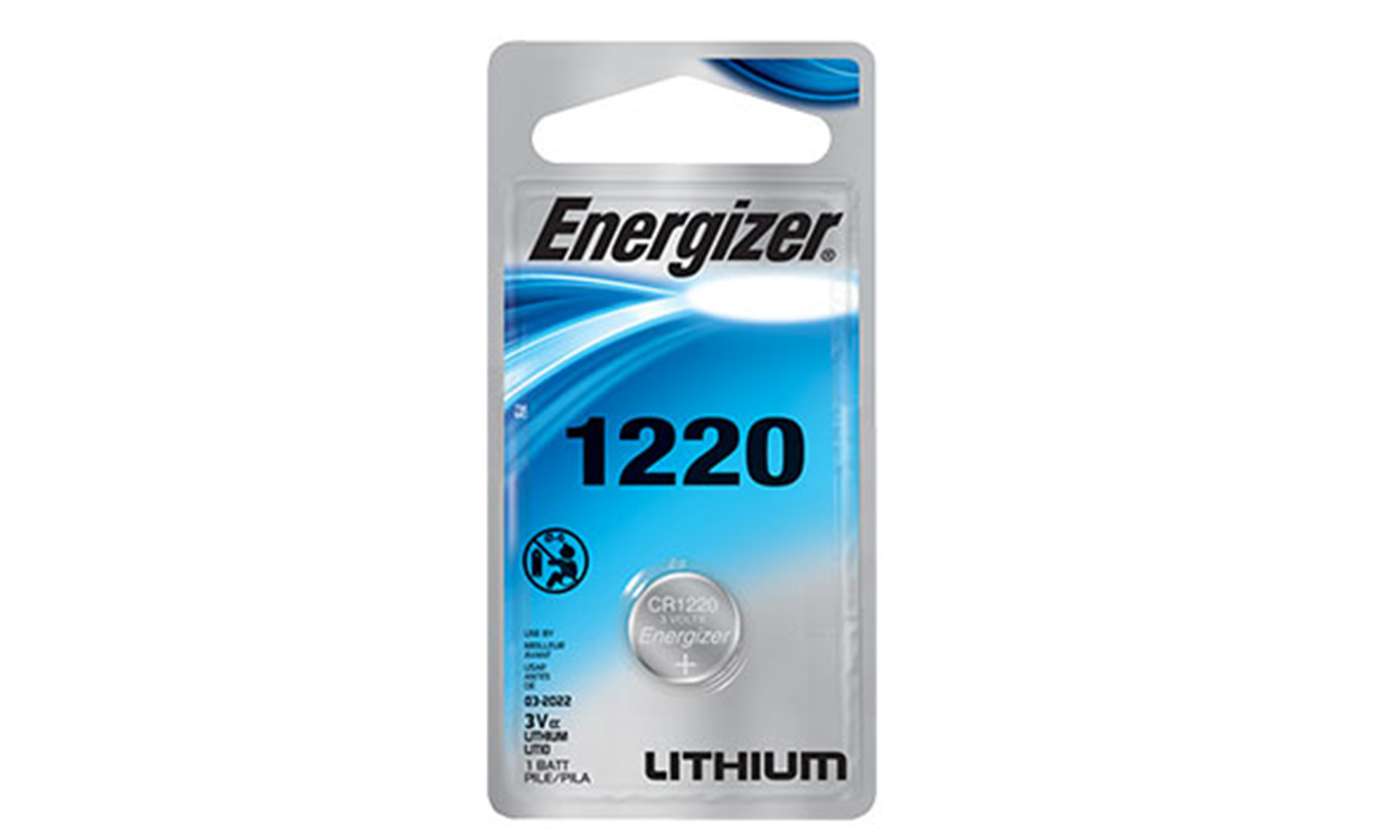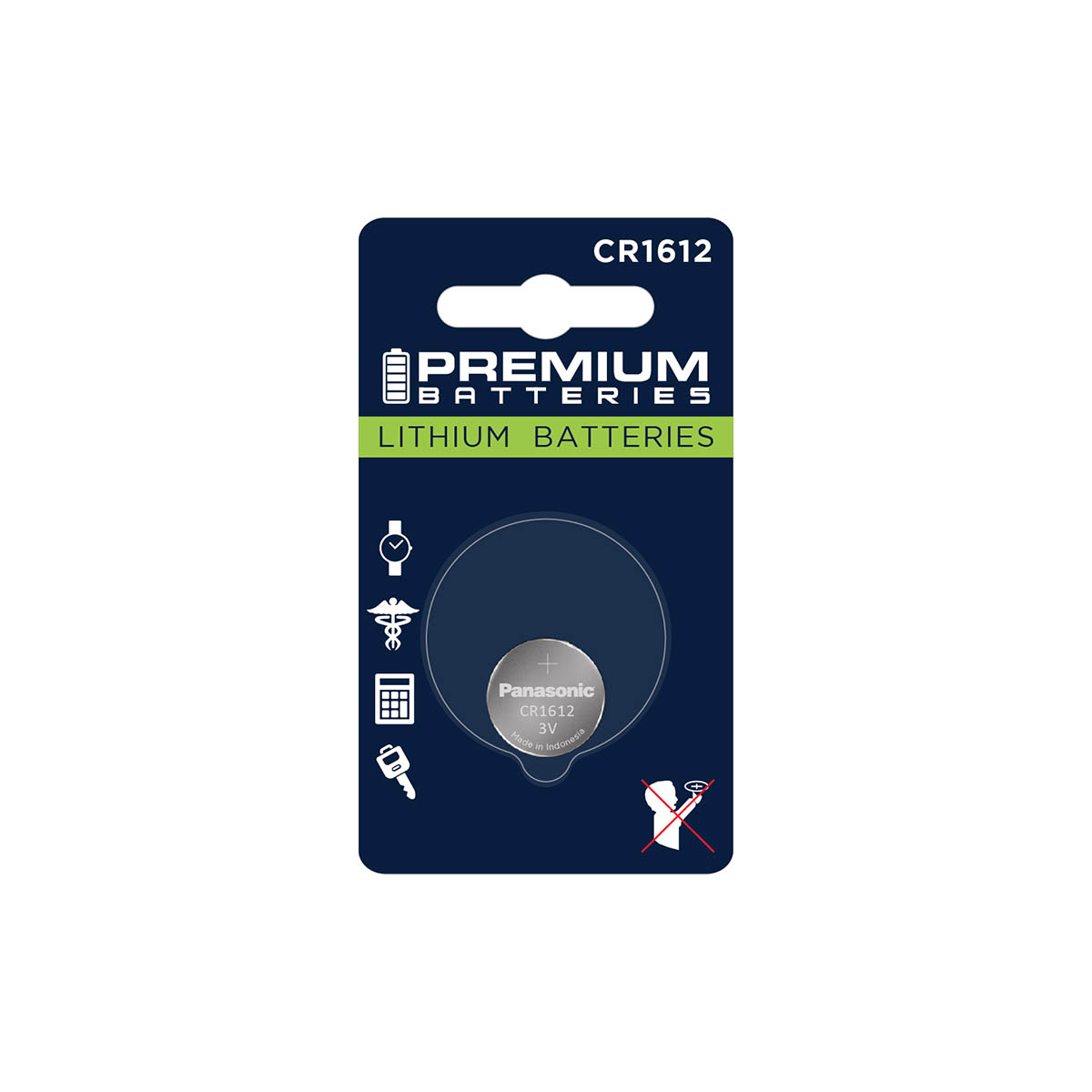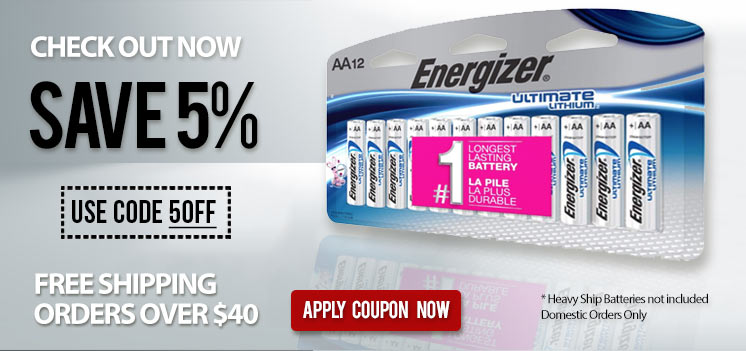Child Safe Packaged Batteries
As parents of small children are well aware of, baby proofing is a constant uphill battle. It always seems like there's always a sharp corner to cover or an outlet to block in order to provide the safest environment for our little ones to play and grow. Even innocent and harmless looking everyday objects can cause serious issues for young children when improperly used. One item that most parents may not think about as a safety hazard for their children are batteries.
Batteries pose a variety of hazards to children including choking, toxicity, electric shock, and burns. There are thousands of different batteries on the market and all contain a variety of chemical agents. They come in various shapes and sizes, ranging from giant bricks to tiny cylinders. One of the most dangerous types of battery for children are lithium coin cell batteries, which are quickly becoming very popular among manufacturers due to their relatively small size and high performance. Being able to power a device with such a small battery is great and convenient for manufacturers and for users, but these batteries becoming so small pose a serious risk for children. The round shape of lithium coin cells and shiny metallic finish can be mistaken for a piece of candy or small food item by a child. Ingestion of a lithium coin cell battery can sometimes not be an issue as they can normally be passed through the system with little issue. In many instances, complications can occur which can be very serious and life threatening. The biggest hazard is the battery being logged in the esophagus, causing choking or even serious burns. If you suspect a child has ingested a battery or any other non-food item it is best to seek professional medical attention right away.
Another great way to prevent accidental ingestion of coin cell batteries, is by purchasing batteries in certified child safe packaging or child resistant packaging. These types of battery packages are more secure and require tools such as scissors to open. These types of child safe battery packages are typically harder shelled than regular tearstrip consumer battery packages. Child resistant battery packages are now common for lithium coin cell models from many large battery manufacturers.
Microbattery takes battery safety for children very seriously. MPBC sells child safe batteries in various methods of design, including hard-shell packaging (blister pack, clam shell), safety locks, and other methods. Child safe battery packaging is becoming required by some retail points. U.S Law may also soon require child safe packaging.
For large wholesale and B2B orders please contact us directly at (305)-371-9200
or
To create an customer/wholesale account for web site purchase please click here
-
Premium Batteries CR2025 Battery 3V Lithium Coin Cell (6 Panasonic Batteries) (Child Resistant Packaging)
Special Price $2.55 Regular Price $2.75 -
Toshiba CR1620 Battery 3V Lithium Coin Cell (6 PCS Child Resistant Blister Package)
Special Price $4.20 Regular Price $4.40
Battery Hazards for Children
As parents of small children are well aware of, baby proofing is a constant uphill battle. It always seems like there's always a sharp corner to cover or an outlet to block in order to provide the safest environment for our little ones to play and grow. Even innocent and harmless looking everyday objects can cause serious issues for young children when improperly used. One item that most parents may not think about as a safety hazard for their children are batteries.
Batteries pose a variety of hazards to children including choking, toxicity, electric shock, and burns. There are thousands of different batteries on the market and all contain a variety of chemical agents. They come in various shapes and sizes, ranging from giant bricks to tiny cylinders. One of the most dangerous types of battery for children are lithium coin cell batteries, which are quickly becoming very popular among manufacturers due to their relatively small size and high performance. Being able to power a device with such a small battery is great and convenient for manufacturers and for users, but these batteries becoming so small pose a serious risk for children. The round shape of lithium coin cells and shiny metallic finish can be mistaken for a piece of candy or small food item by a child. Ingestion of a lithium coin cell battery can sometimes not be an issue as they can normally be passed through the system with little issue. In many instances, complications can occur which can be very serious and life threatening. The biggest hazard is the battery being logged in the esophagus, causing choking or even serious burns. If you suspect a child has ingested a battery or any other non-food item it is best to seek professional medical attention right away.
In the United States alone, 2,800 kids require emergency treatment for swallowing button batteries annually. That breaks down to approximately one child every three hours. In 2017, there were 1,986 ingested battery cases involving children under 6 years of age. I recently viewed a heartbreaking video published by Child Accident Prevention Trust (CAPT) about a Hampshire toddler, Francesca Asan, who tragically died from ingesting a button battery from a pair of 3D glasses stored in a cabinet.
With the development of more advanced battery chemistries and more batteries in the home to power our gadgets, serious injuries and deaths from their ingestion have multiplied by nine times in the last decade.
Reese's Law
Reese’s Law was signed by the President on Aug. 16, 2022, and requires federal safety requirements for button cell and coin cell batteries. The goal of this new law is to eliminate or adequately reduce the risk of injury from ingestion of button cell or coin batteries by children . On Feb. 9, 2023, the Consumer Product Safety Commission (CPSC) published safety rule 16 CFR 1263, the Safety Standard and Notification Requirements for Button Cell and Coin Cell Batteries and Consumer Products Containing Such Batteries. The proposed rule establishes performance, labeling, packaging and other related requirements as required by Reese’s Law.
Reese’s Law is applicable to both button and coin cell batteries intended for consumers, as well as electronic devices and products that may contain them. New requirements for button and coin cell batteries include but are not limited to, child resistant packaging, proper warning labels, and more. New requirements for electronic devices involve the ease of accessibility to the battery compartment, both intentionally or accidentally
Preventing Children From Battery Hazards
The best way to protect children from battery hazards is to store the batteries in a safe & secure place where they can get to. It is also important to secure devices that contain loose batteries such as remote controls, electronic toys, and phones. It’s also a good idea to explain to your children that some items shouldn’t be touched for their own safety. Devices such as remote controls should be stored safely to prevent children from accessing small parts like batteries.
Another great way to prevent accidental ingestion of coin cell batteries, is by purchasing batteries in certified child safe packaging or child resistant packaging. These types of battery packages are more secure and require tools such as scissors to open. These types of child safe battery packages are typically harder shelled than regular tearstrip consumer battery packages. Child resistant battery packages are now common for lithium coin cell models from many large battery manufacturers.
Awareness leads to Prevention
Coin cells and smaller button cells of silver oxide, alkaline, and zinc air are essential in every household. They are flat, shiny batteries that range from 8 mm to 20 mm in diameter. Parents and pet owners should be attentive to the presence and accessibility of these coin batteries (and any devices containing them) in their home and actively exercise preventive measures to protect their loved ones. Extra attention is warranted for those of toxic lithium chemistries such as CR2032, CR2025, and CR1225 batteries.
An ingested battery may pass through the digestive tract causing minimal harm. The greater danger is with a battery that gets lodged in the esophagus. The combination of saliva with the button battery triggers an electric current that burns the esophageal lining and surrounding tissue. In some cases, death can occur in as little as two to three hours.
Unfortunately, because kids may continue to act and breathe normally, it can be difficult to determine that something is wrong. Worse, developing symptoms can be vague, resembling those of common ailments such as a cold or the flu. For example, children may:
- Persistently cough, gag, or drool
- Appear to have a stomach upset or nausea
- Indicate throat or abdominal pain
- Exhibit tiredness or lethargy
- Become quieter or more clingy than normal, or otherwise behave other than themselves
- Lose their appetite or experience reduced appetite
- Exhibit inability to swallow or desire to consume for solid food
- Develop a fever
Symptoms may be exhibited consistently or in fluctuation.
Unfortunately, there are no symptoms specific to battery ingestion; however, vomiting of fresh blood (bright red in color) can be a potential indicator of acute bleeding from the stomach or esophagus. Remedying the damage from a battery lodged in the esophagus requires one or several surgical procedures and can result in side effects to the vocal cords. Follow-ups are usually recommended to identify delayed injuries.
According to the University of Pittsburgh Children’s Hospital and the UK’s Child Accident Prevention Trust (CAPT), the chemical reaction and burns resulting from battery ingestion are akin to burns caused by swallowing a corrosive chemical drain cleaner. Both active and expired batteries can cause severe injuries if swallowed. That expired batteries can cause harm may come as a surprise; but considering that the amount of power required to supply power-guzzling modern devices, an expired or depleted battery that is unable to power the device may easily have enough current remaining to cause harmful tissue burns in the esophagus of your child or pet. Moreover, the higher the original or nominal voltage, the faster the damage capability of the battery. This means that an expired 3-volt lithium coin battery could be more dangerous than a 1.5-volt alkaline cell.
Button batteries can also cause permanent injury when placed in the nose or the ears. According to the American Association of Poison Control Centers, young children and the elderly are particularly susceptible to this occurrence. Drainage or pain may be noted, and injury can include membrane perforation, hearing loss, and facial nerve paralysis.
Responsive actions
Let’s take a look at what to do if you suspect or know that your child has ingested a battery.
- Do not induce vomiting.
- Call your regional poison control and your local emergency hotlines immediately. In the US, they are available around the clock to take your call: National Battery Ingestion Hotline: (800) 498-8666. If available, provide the battery identification number found on the package of your battery or your device.
- Get to a hospital immediately!
- Report all symptoms including fever, abdominal pain, vomiting, or blood in stools.
- Do not allow your child to eat or drink anything prior to being evaluated by a medical professional. In most cases, an X-ray must be obtained to determine whether the battery has passed through the esophagus into the stomach; if the battery remains in the esophagus, it must be surgically extracted.
- It is worth noting that the National Capital Poison Center in Washington D.C., and studies conducted by leading ear, nose, and throat specialists, advance honey dosages. The idea is that it can help slow down (but not prevent) the potential development or progression of battery injury. The recommendation is 2 teaspoons of honey only for ingestions that occur within 12 hours AND children over 12 months old who can swallow liquids. Up to 6 doses of honey may be given about 10 minutes apart. Honey dosage should be discontinued if your child vomits and should neither be a delay to getting to a hospital, nor used in lieu of immediate medical attention. You can learn more at: https://www.poison.org/battery/guideline
- If you suspect a battery is trapped in the nasal cavity or ear canal, do not apply nose drops, ear drops, or liquid of any kind until the person has been assessed by a medical professional. As with oral ingestion, any liquid can exacerbate a chemical reaction and augment the severity of the injury.
If you are certain that your child has ingested a battery, never wait to see if any symptoms develop. Get your child to the emergency room. If possible, bring the battery packaging or the device powered by the battery with you.
Download and print this great battery tip card courtesy of Safekids.org
Normal use conditions
Overall, batteries, chargers, and rechargeable devices by reputable manufacturers are perfectly safe under normal use conditions.
“Under normal use conditions” really does include compliance with manufacturer guidelines and using common-sense safety practices. Like keeping battery-powered devices and toys away from direct heat sources that can ignite them, for example. Or, like keeping devices and battery chargers away from water, or where they could come into contact with water, especially if the area is accessible to a child.
But for our young children, what is a normal use condition? Or common sense?
It is our responsibility to be aware of hazards and potential threats, and to prioritize preventive measure to keep our kids and pets safe.
Microbattery.com’s Steps Towards Safety
Microbattery proudly provides many of our products in packaging that are considered child safe. The packaging of these products is designed to deny access by children. This is done by various methods of design, including hardshell packaging, safety locks, and other methods.





